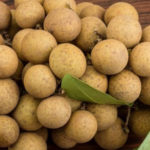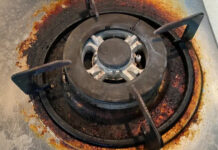Food storage containers are essential for storing food, keeping it fresh, and preventing bacteria contamination. In this article, we will provide you with 7 guidelines for choosing food containers for the refrigerator that are durable and safe for your health.
1 Criteria for selecting food containers
Safe materials
When selecting food containers, prioritize choosing materials that are safe for your health. Consider whether the containers will be placed in the cool or frozen compartments, and choose appropriate materials accordingly.
- For the cool compartment: Most types of food containers are suitable for storing food in the cool compartment. However, it is best to use containers made of HDPE, LDPE, etc. These materials are cost-effective, safe for health, and highly durable.
- For the frozen compartment: Choose containers made of materials that will not deform or have any harmful effects on health at low temperatures, such as PP plastic.
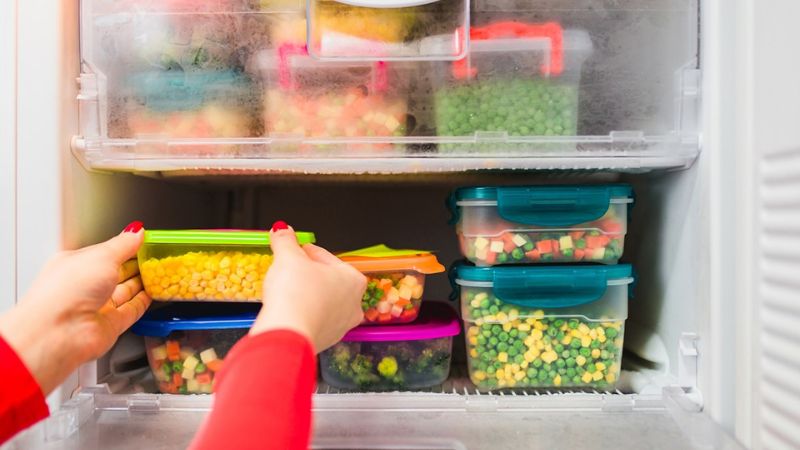 Safe materials
Safe materials
Heat resistance
Ensure that the food containers you choose can withstand temperatures ranging from -20 to 140 degrees Celsius. This is essential as they may be used to store hot or cold food, or to reheat food in the microwave.
Suitable for both frozen and cool compartments
Using food containers that can be utilized in both frozen and cool compartments can help save costs and optimize food preservation. Additionally, such containers also help save storage space in your kitchen.
 Suitable for both frozen and cool compartments
Suitable for both frozen and cool compartments
Can be defrosted and used in the microwave
Food containers that can be defrosted and used to heat food in the microwave are highly convenient and cost-effective. However, ensure that you choose containers with good heat resistance and a vent on the lid for easy heating without the need to open the container.
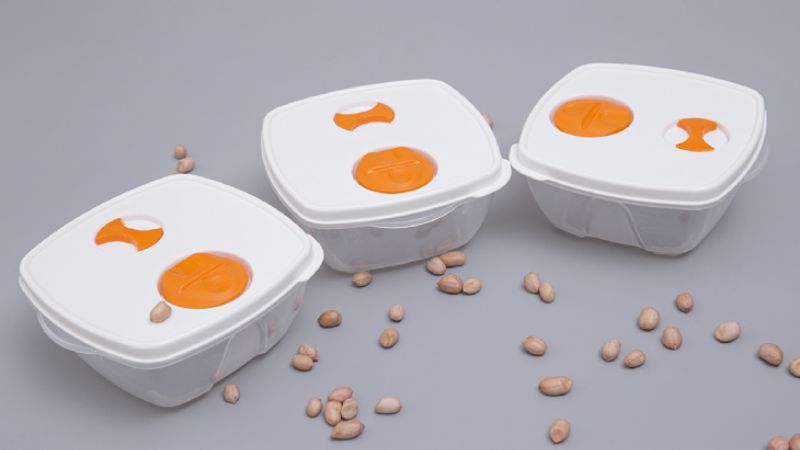 Can be defrosted and used in the microwave
Can be defrosted and used in the microwave
Rubber seal on the lid to prevent food odor
Storing strongly odoriferous foods in the refrigerator can lead to unpleasant odors. To prevent this, choose containers with rubber seals on the lid to tightly cover the food, preventing odors and bacteria from entering from the outside.
 Rubber seal on the lid, prevents food odor
Rubber seal on the lid, prevents food odor
Tight-locking lid, prevents water leakage
Food containers with tight-locking 4-way lids can effectively prevent water leakage. These containers are ideal for preserving liquid food, allowing you to take them to work, camping, etc., without worrying about leaks or spills.
 Tight-locking lid, prevents water leakage
Tight-locking lid, prevents water leakage
Lid with vent for steam release
Food containers with vents on the lid help preserve hot food without it becoming soggy, and they make it more convenient to heat food in the microwave. Additionally, containers with vents reduce the risk of swelling or exploding due to increased pressure.
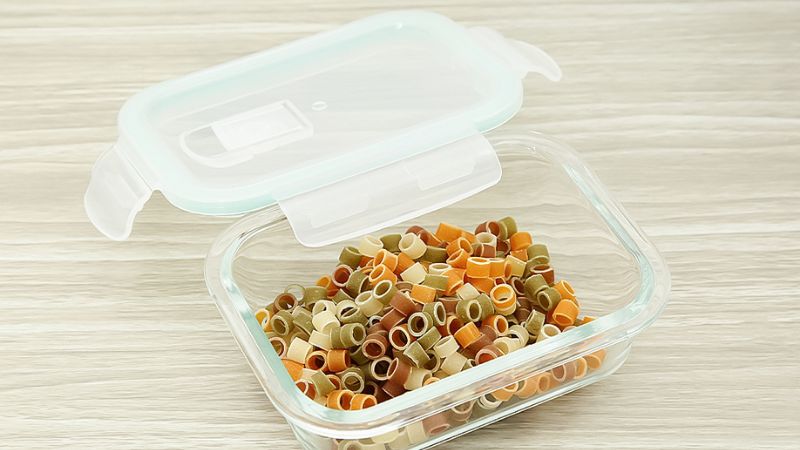 Lid with vent for steam release
Lid with vent for steam release
2 Notes for using food containers in the refrigerator
Always close the lid: When storing food in the cool or frozen compartment, make sure to securely close the lid to prevent bacteria from entering and causing harm to your health.
Containers that cannot withstand high temperatures, or lids without steam vents, should not be used to heat food in the microwave as they can easily cause burning or explosion.
For glass containers, allow them to sit at room temperature for 3-5 minutes before placing them in the microwave to prevent breakage due to thermal shock.
Avoid using plastic containers to heat food in the microwave, as they can become contaminated and impart a plastic odor to the food, even if they are heat-resistant.
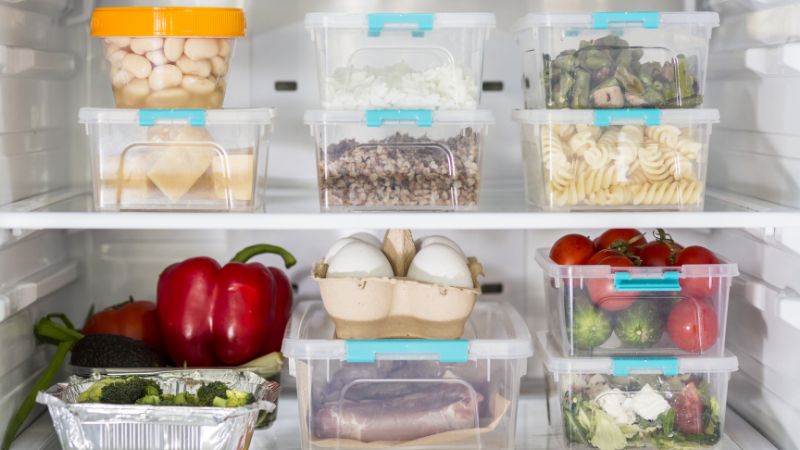 Notes for using food containers in the refrigerator
Notes for using food containers in the refrigerator
Above are our recommendations for choosing durable and safe food containers for the refrigerator. Thank you for following along, and we wish you good health.
More Useful Advice for Homemakers (Part 2)
Have you heard of the surprisingly easy tips to make cooking and household chores simpler? White radish eliminates the acrid taste of salted meat, adding alum to raw shrimp helps soften it, and adding cold water when frying eggs can make them crispy – these are just a few of the tricks to make your life easier.


























